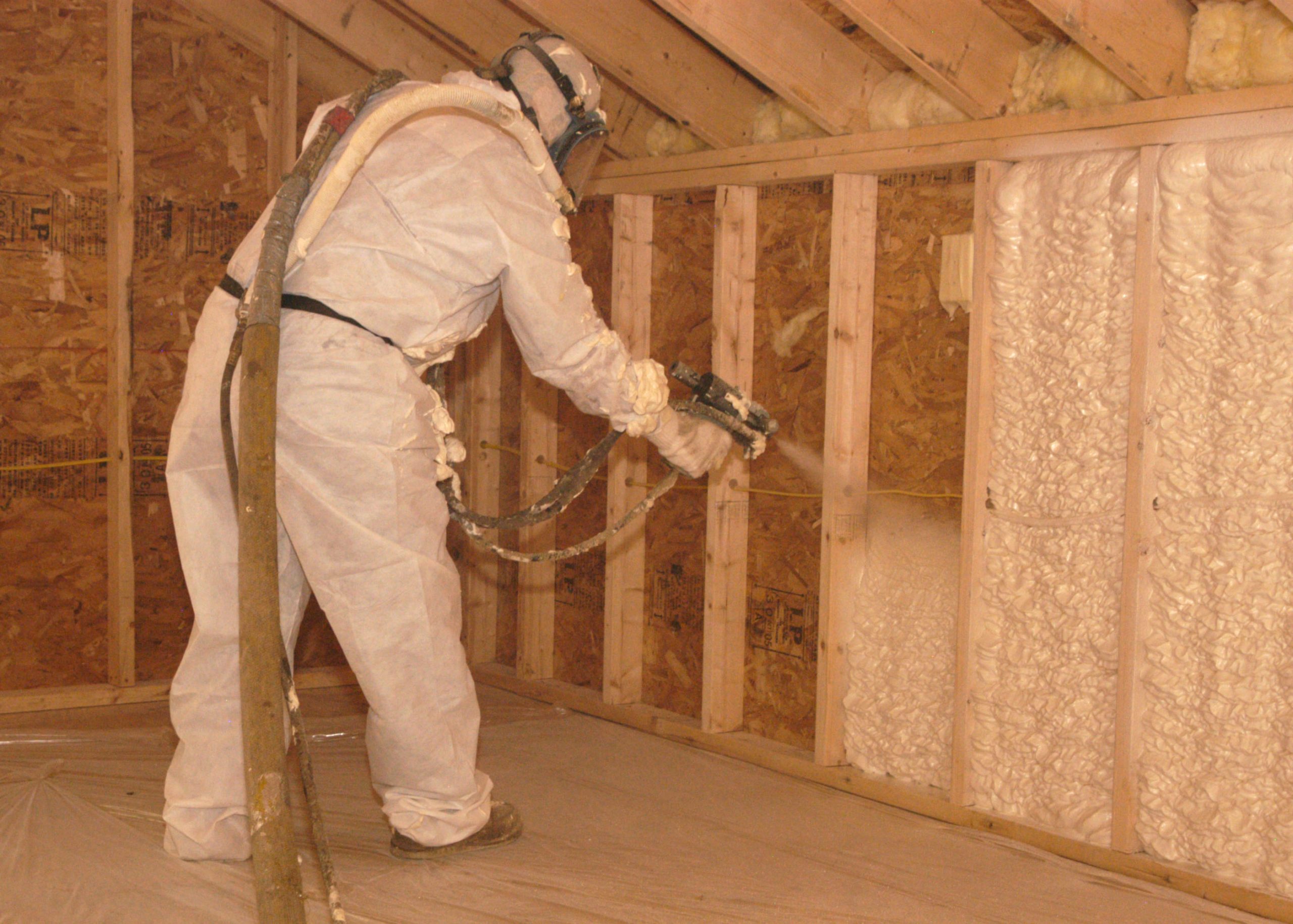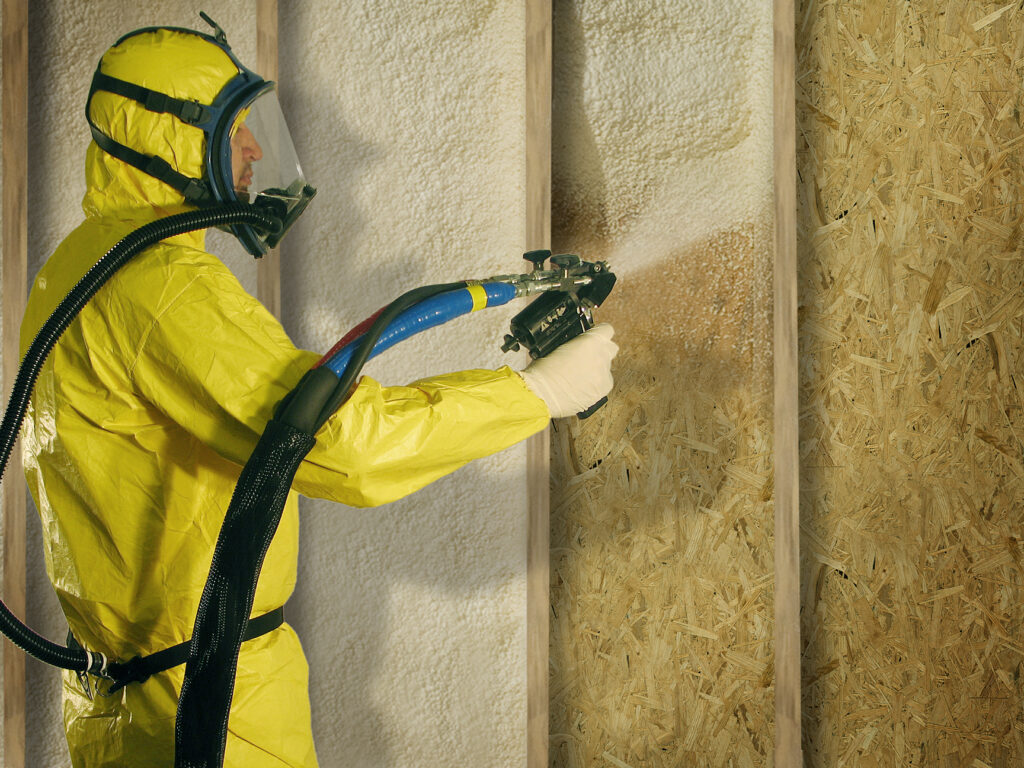Upgrading insulation in commercial buildings is no longer just an energy-saving strategy—it’s a requirement for meeting increasingly strict building and energy codes. Whether addressing local ordinances, national standards like ASHRAE 90.1, or achieving voluntary certifications like LEED, commercial property owners and facility managers must align insulation systems with regulations to avoid penalties and operational setbacks.
This article explains how upgraded commercial insulation plays a direct role in achieving and maintaining regulatory compliance. It explores how insulation performance is evaluated, what standards apply, and how strategic improvements reduce liability, streamline inspections, and help avoid costly retroactive fixes. The goal is to help commercial spray foam insulation contractor make informed decisions that meet both current rules and long-term operational needs.
Key Regulatory Drivers That Make Upgrades Necessary
Several mandatory and voluntary frameworks define insulation standards for commercial buildings. These rules impact design, renovation, and ongoing operations.
Energy Codes and Regional Mandates
The most influential compliance metrics stem from local adaptations of national codes.
- ASHRAE 90.1 serves as the foundation for many state and municipal energy codes. It defines minimum R-values for roofs, walls, and floors depending on climate zones.
- IECC (International Energy Conservation Code) offers prescriptive paths and performance-based alternatives for new construction and major retrofits.
- Some states implement their own unique amendments, which may include tighter thermal envelope requirements or specific insulation materials.
Certification Programs and Green Building Standards
While not legally binding, green building certifications often become mandatory in certain jurisdictions or for public-sector construction.
- LEED v4 sets clear thermal envelope expectations and awards points for higher R-values and low thermal bridging.
- ENERGY STAR for Commercial Buildings requires documented energy performance improvements, including proper insulation upgrades.
Where Insulation Affects Compliance Most
Insulation affects regulatory compliance in more than one part of a building system. From HVAC loads to fire safety, multiple categories are impacted.
Thermal Envelope Efficiency
Building envelopes—comprising roofs, walls, foundations, and fenestrations—are directly tied to energy code compliance.
- Continuous insulation reduces heat transfer through framing elements.
- High-performance wall assemblies can increase envelope airtightness, supporting blower door test requirements.
- Roof insulation upgrades often deliver the highest R-value returns, especially in flat commercial roof retrofits.
Mechanical System Load Calculations
When envelope insulation is upgraded, it alters HVAC system demand. This plays into regulatory metrics for mechanical system sizing and energy modeling.
- Less thermal loss means smaller equipment requirements, impacting load sizing calculations.
- HVAC efficiency ratings may need to be adjusted when envelope properties change to remain within compliance margins.
Fire and Smoke Ratings
In many jurisdictions, commercial insulation products must meet NFPA 285 or equivalent standards, especially in multi-story buildings or those with combustible claddings.
- Materials with Class A fire ratings are often required for commercial compliance.
- Fire-resistant insulation products help meet both building code and insurance requirements.
Performance Benchmarks: Insulation and R-Value Tables
To help visualize how insulation upgrades correspond to compliance goals, here’s a summary table based on ASHRAE 90.1 (2022 edition) requirements for different building components:
| Component | Climate Zone 5 | Minimum R-Value | Compliance Path |
|---|---|---|---|
| Roof (Above Deck) | Yes | R-30 | Prescriptive / Performance |
| Metal-Framed Wall | Yes | R-13 + R-7.5 ci | Prescriptive |
| Floor (Unheated Slab) | Yes | R-10 (48” depth) | Prescriptive |
continuous insulation All values depend on occupancy type and specific zone—always verify with the local code authority.
Compliance Benefits of Upgrading Older Insulation
Older commercial buildings often fail current code benchmarks. Upgrading insulation offers more than energy savings—it supports documentation, inspections, and long-term asset performance.
Documentation for Permits and Inspections
Many compliance checks now require detailed documentation during construction and retrofits.
- Updated insulation specs support energy modeling and building permit submittals.
- Infrared scans and insulation depth measurements are often part of post-installation inspections.
Reduced Penalties and Correction Costs
When buildings fall short of compliance:
- Local authorities may issue stop-work orders during construction.
- Non-compliance fines or delayed occupancy permits can cause financial setbacks.
- Retrofitting post-inspection is more expensive than integrating insulation early.
Contribution to Whole-Building Energy Scores
Upgraded insulation helps lower a building’s EUI (Energy Use Intensity), a metric used in ENERGY STAR ratings and energy benchmarking ordinances.
- Reduced EUI scores lead to better public building grades in cities with disclosure laws.
- High-performing buildings are often eligible for tax credits and utility rebates.
Aligning Material Selection With Code Expectations
Selecting the right insulation is essential for achieving lasting compliance. Products must meet structural, environmental, and thermal requirements simultaneously.
Air and Vapor Barriers in the Assembly
Insulation alone doesn’t complete the envelope. Air and vapor barriers must integrate seamlessly to achieve full code compliance.
- Improperly sealed assemblies can cause condensation, leading to mold or energy loss.
- Barrier systems should be tested for continuity and adhesion during installation.
Environmental Declarations and VOC Limits
Increasingly, regulations call for documentation of environmental impact.
- Many jurisdictions require Environmental Product Declarations (EPDs) for insulation used in commercial projects.
- Products must meet VOC emission standards for indoor air quality under programs like LEED and WELL Building Standard.
Common Questions
What insulation R-value is required for commercial walls?
R-values vary by location and wall type. For example, in Climate Zone 5, metal-framed walls typically require R-13 plus R-7.5 of continuous insulation. Check your local version of ASHRAE 90.1 or IECC for exact values.
Can commercial insulation upgrades help with LEED points?
Yes. Higher insulation performance contributes to Energy & Atmosphere credits, and materials with environmental declarations support Materials & Resources points. Whole-building energy modeling helps quantify the benefit.
How do building inspectors verify insulation compliance?
Inspectors may check physical insulation depth, use infrared imaging, or request documentation from the installer. Compliance pathways include prescriptive tables or modeled performance targets.
Are there federal tax incentives for insulation upgrades?
Yes. Programs under the Inflation Reduction Act and Section 179D provide tax deductions for commercial buildings that meet specific energy efficiency thresholds, including envelope improvements like upgraded insulation.
Conclusion
Upgraded commercial insulation isn’t just a best practice—it’s often required. Whether meeting prescriptive energy code targets or contributing to performance-based compliance paths, insulation upgrades play a pivotal role in ensuring commercial buildings are up to standard.
By addressing R-value benchmarks, integrating compliant materials, and supporting HVAC and energy modeling systems, insulation becomes central to both design and operational compliance. For expert spray foam insulation contractor, this means improved efficiency, reduced risks, and stronger long-term building performance.
FAQs
How often do commercial insulation codes change? Most building and energy codes are updated every 3 years. However, enforcement varies by state and local adoption timelines. Always refer to your local authority having jurisdiction (AHJ) for the current version in use.
What does ASHRAE 90.1 mean for insulation? ASHRAE 90.1 sets minimum insulation levels (R-values) for commercial buildings based on climate zone and component type. It’s widely adopted as the baseline standard in many state energy codes.
Can I reuse existing insulation to meet new compliance standards? Only if it meets current R-value and fire safety requirements. In most cases, older insulation lacks documentation or falls short of modern thermal performance, requiring augmentation or replacement.
Do spray foam products meet commercial code requirements? Closed-cell spray foam often exceeds required R-values and provides air and vapor control. However, it must be tested to meet fire resistance and smoke development standards for commercial use.
Are continuous insulation (ci) requirements mandatory? In many assemblies, yes. Continuous insulation helps prevent thermal bridging and is required in prescriptive paths of both ASHRAE 90.1 and IECC. It’s essential in achieving full envelope compliance.
Author: Daniel Walker, owner of Colony Insulation and Spray Foam Magazine’s 2024 Contractor of the Year, leads with over two decades of experience in the insulation industry. Passionate about energy efficiency and customer satisfaction, Daniel is dedicated to delivering high-performance insulation solutions across Michigan with precision and care.
Reviewer: Jennifer Morales, a seasoned insulation consultant with over 8 years of industry experience, specializes in residential and commercial energy solutions. Known for her practical insights and quality-first approach, Jennifer ensures all content reflects real-world expertise and up-to-date best practices.











